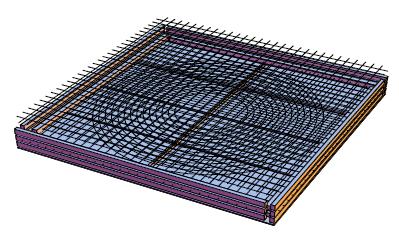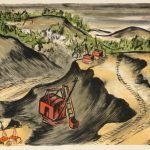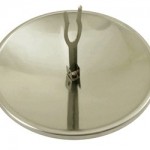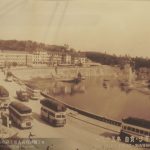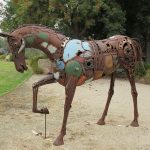Dutch inventor Kees van der Geer sends us this paper and wants to know what we think of it. Comments are open.
“Heating with a sun collector costs nothing and contaminates nothing. In this article I propose a solar heating system consisting of a large solar collector, suitable for the heating of a house and a heat store, capable to bridge a week of cloudy weather. Both are made from simple materials.”
“Maybe a practical solution to make a heat store is to buy a inflatable swimming pool of 17m3 and construct an insulating box around it. ”
Large area solar heating system (pdf), Kees van der Geer, 2011. (Artículo en Español).
